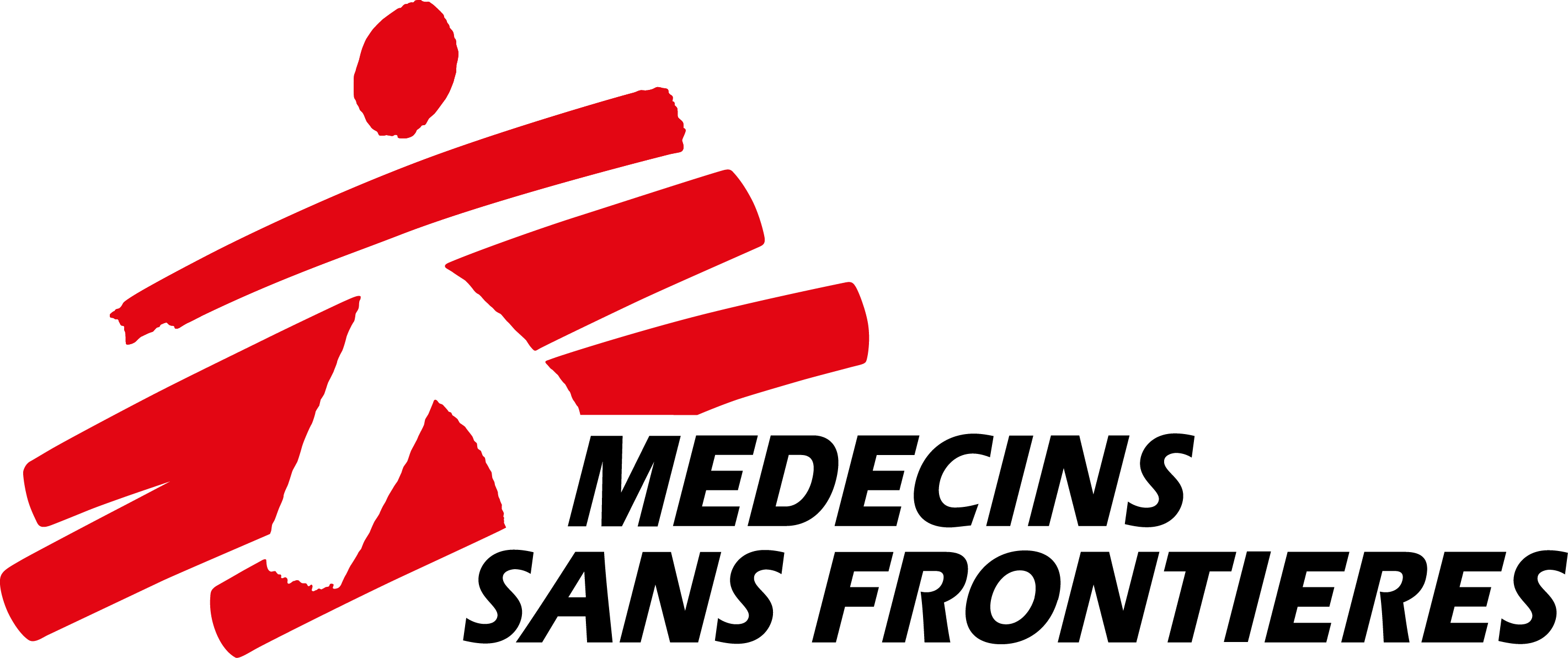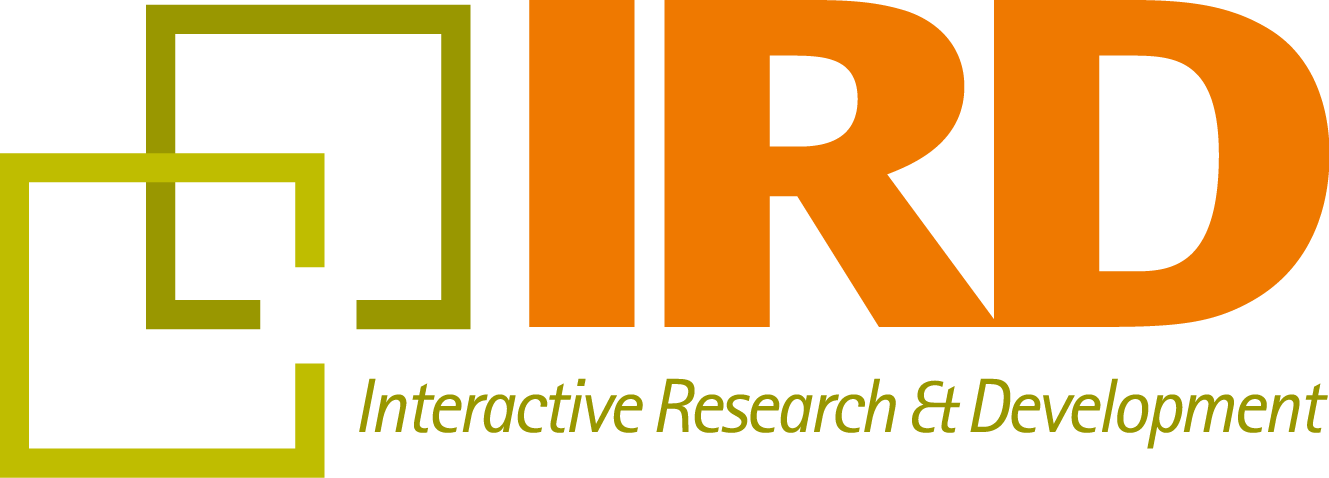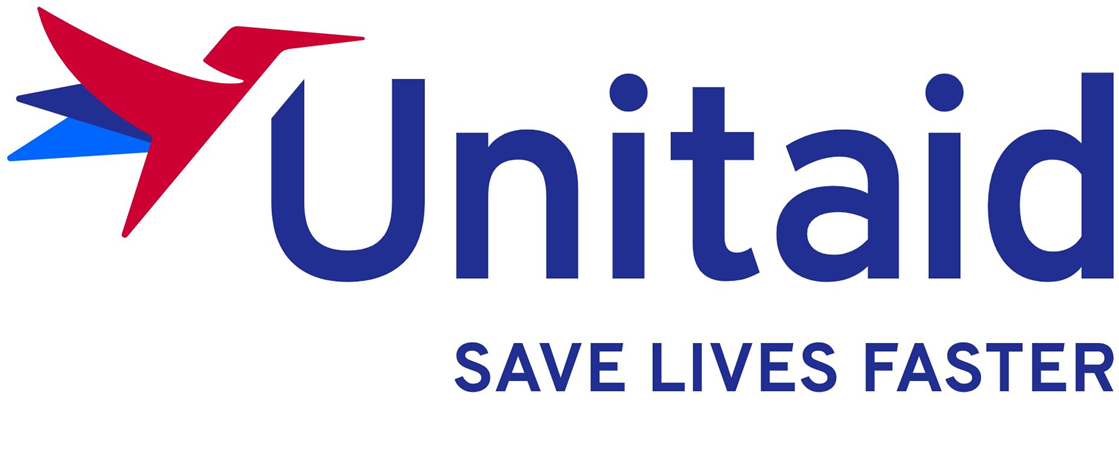Kairat Birbekov,* a surgeon from Astana, Kazakhstan, has had tuberculosis seven times. At age 24, he caught a cold that turned out to be TB. Twenty years of recurring bouts of the disease followed. Now, the 43-year-old’s left lung is completely destroyed. He’s being treated in the country’s National Tuberculosis Center, a 400-bed hospital embedded in the mountain-surrounded city of Almaty. A ventilation tube protrudes from his throat—preparation for next week’s surgery to remove the lung.
In the same Center, 24-year-old Aigerim Yekeubayeva has nightmares that her friends are also in the hospital with TB. In 2011, she was diagnosed with the disease for the second time and had to forgo applying to university. Long, empty hours in a sanatorium replaced the Japanese-language study groups she used to lead.
When she was 26, Zhanna Ushbayeva owned a beauty salon that offered makeup, haircuts, and products. The business dwindled after she was diagnosed with TB in 2007. She’s tried everything in search of a cure, including moving to China to buy alternative medications. Then she ended up at the center. “I’m afraid of thinking about the future,” she says.
Their stories are common in the TB world. Birbekov, Yekeubayeva, and Ushbayeva have had the disease on and off for years. It’s unclear where they contracted it, but TB is rife in Central Asia where state-funded health programs came to an abrupt halt after the collapse of the Soviet Union. Treatment isn’t working for them; they have become resistant to almost all TB medications and their options are running out.
But this year a hopeful new chapter will begin for each of them. The three are enrolled in a Partners In Health-led project called endTB, which will bring new drugs to 15 countries with some of the highest rates of multidrug-resistant tuberculosis (MDR-TB) in the world. PIH, Médecins Sans Frontières, global health organization Interactive Research and Development, and financial partner UNITAID are leading a massive effort to enroll 2,600 people on new treatment regimens through 2017.
The key ingredients are Delamanid and Bedaquiline, new drugs that were developed by Otsuka Novel Products GmbH and Janssen Pharmaceutica, respectively. They were approved for the first time by the European Medicines Agency in 2014 for TB sufferers who do not respond to treatment.
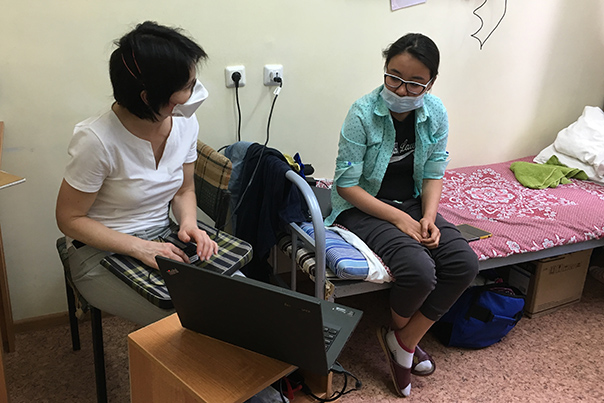
Project Coordinator Nataliya Morozova (left) and Aigerim Yekeubayeva discuss the many years she's had tuberculosis and how she's responding to a new drug regimen that includes Bedaquiline, in Almaty, Kazakhstan. Photo by Askar Yedilbayev / Partners In Health
Like Birbekov, Yekeubayeva, and Ushbayeva, people usually contract regular TB before the disease progressively overcomes tiers of drugs and becomes resistant to them. Multidrug-resistant tuberculosis then must be treated for at least two years with a handful of toxic antibiotics taken up to three times daily. The drugs will likely make the patient feel worse and there’s no guarantee they will work. The patient has probably been very sick for a number of years. They’ve lost a lot of weight, and their lungs are infested with bacteria.
Sticking with treatment is hard—very hard. Side effects can be worse than symptoms. The drugs can cause nausea, vomiting, diarrhea, and hearing loss. When patients perceive little or no improvement, they often stop taking the drugs and opt for the occasional fever and fatigue instead—although it’s almost certain they will just get worse.
Askar Yedilbayev, PIH’s program director for Russia and Kazakhstan, has watched many of his patients struggle with treatment. “It can get to the point that when they see a nurse come into the room with their drugs, they start vomiting,” he says. Yedilbayev estimates that at least 70 percent of his patients will have an adverse reaction to the drugs. “The drugs can damage the liver, kidneys, and nervous system. It’s a lot.”
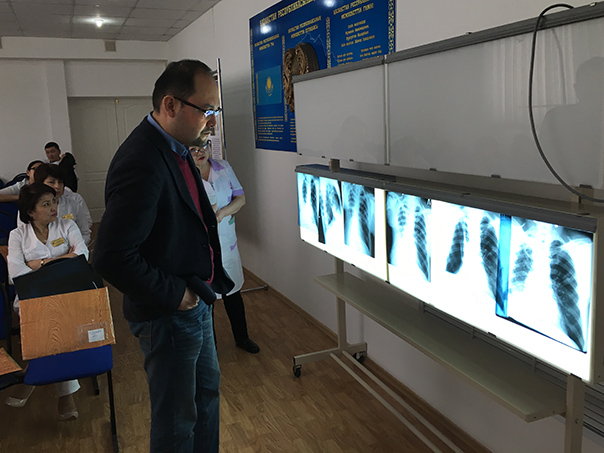
Program Director Dr. Askar Yedilbayev reviews the lung x-rays of a patient enrolled in the endTB program in Astana, Kazakhstan. Photo by Yerkebulan Algozhin / Partners In Health
The difficulty of completing treatment is one of the reasons MDR-TB is on the rise and why the disease continues to spread—to an unprecedented global level. In 2014, 1.5 million people died of all forms of TB, making it the leading infectious disease killer, surpassing HIV for the first time. Of those with MDR-TB, only 50 percent—a quarter of a million people— are expected to recover.
The answer is to get better drugs out there. But TB sufferers are not an attractive group for big pharma; they are often poor people who have no money for treatment, live in cramped homes, and are likely to get ill with something else first, such as HIV, before TB takes advantage of their struggling immune systems. For 50 years, barely any research and development has been devoted to TB.
Which is why the endTB project could be revolutionary. Delamanid and Bedaquiline are not yet part of mainstream TB treatment in most countries, but PIH, MSF, and IRD aim to prove they should be. When combined with other TB drugs, these two new drugs are believed to be less toxic than current medications. They could be a godsend for TB clinicians and patients alike.
While it’s too early to formally declare success, there are already signs in Kazakhstan that the new drugs are working.
Since Birbekov was enrolled in endTB in February, things are looking up. He’s tested smear negative, meaning his TB is no longer contagious. His only side effect is dry skin. “Like an old man,” he laughs. He still has surgery to get through, but the test is the first good news he’s had in a while.
As for Yekeubayeva, she’s a believer in having a positive attitude. Now resistant to nearly every antibiotic available, she has to be. But with Bedaquiline, she’s hardly had side effects apart from high blood pressure.
“We’ve had a really great response,” says Yedilbayev, regarding Yekeubayeva’s progress. He thinks this was her final chance. “Otherwise she would have died.”
Eager to catch up on the six years she’s missed since she was diagnosed, Yekeubayeva is planning to take online courses toward a degree. Her brother has an entertainment business. No more hospital beds for her; she says she’ll be his event organizer.
For Ushbayeva, treatment is still hard. The pills sit uncomfortably in her stomach, preventing digestion. She doesn’t have much energy except for the occasional walk, although she’s more active than before. It’s a waiting game to see if her culture tests—which detect any remaining bacteria—turn negative. For now, she’s back at home and taking treatment every day.
Yedilbayev says the project is not only giving patients hope, but could transform MDR-TB treatment across Kazakhstan. “We’re bringing evidence to authorities to open markets to these new drugs and incorporate them into national protocol, so that more people receive treatment,” he says.
More than 120 patients have joined Birbekov, Yekeubayeva, and Ushbayeva in the project. Roughly 600 people will be enrolled in total.
Yedilbayev is sure more success stories will come. “I’m really proud that Kazakhstan is part of endTB.”
*All patient names have been changed.
Originally published on Partners In Health's website.

